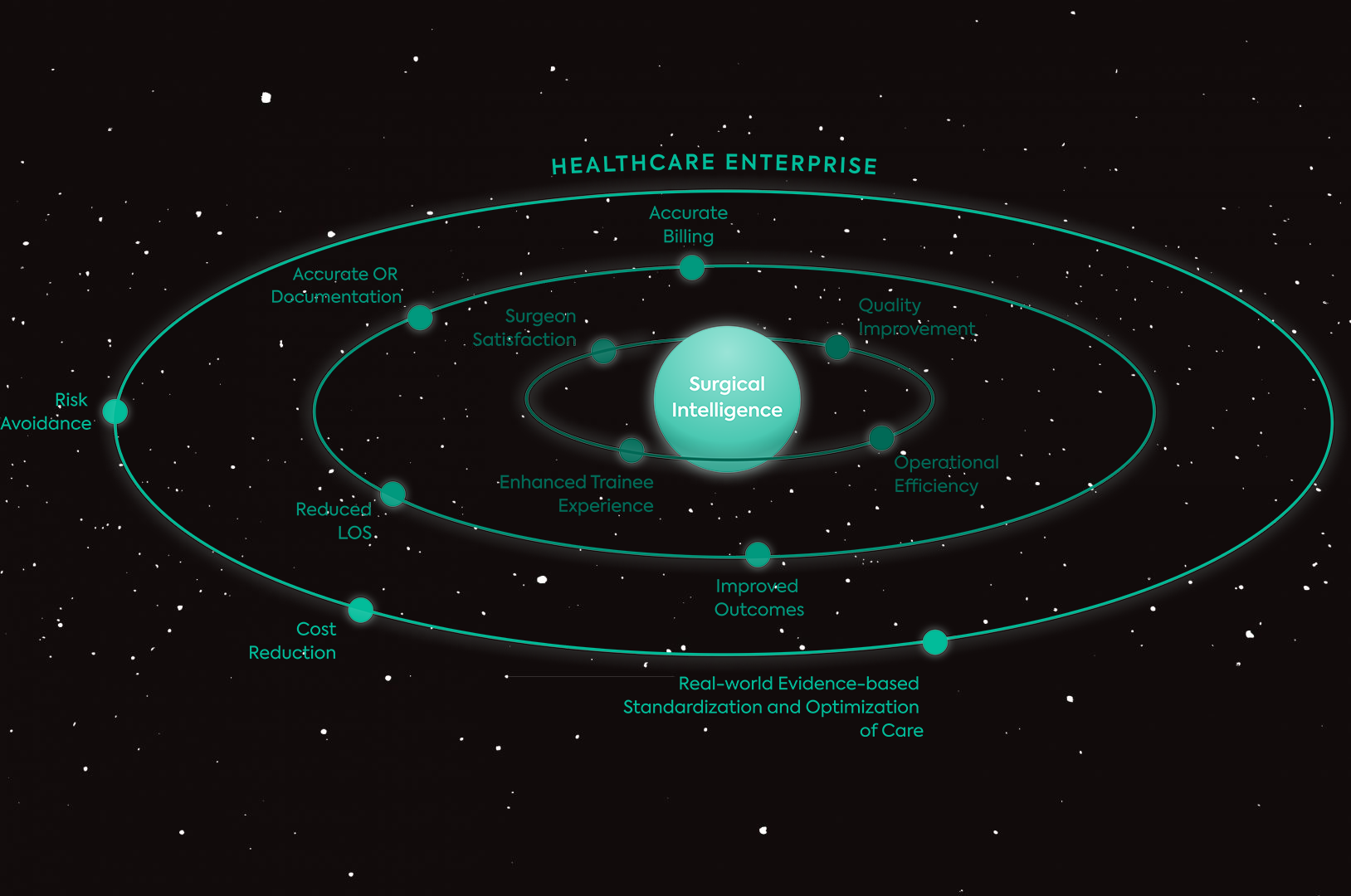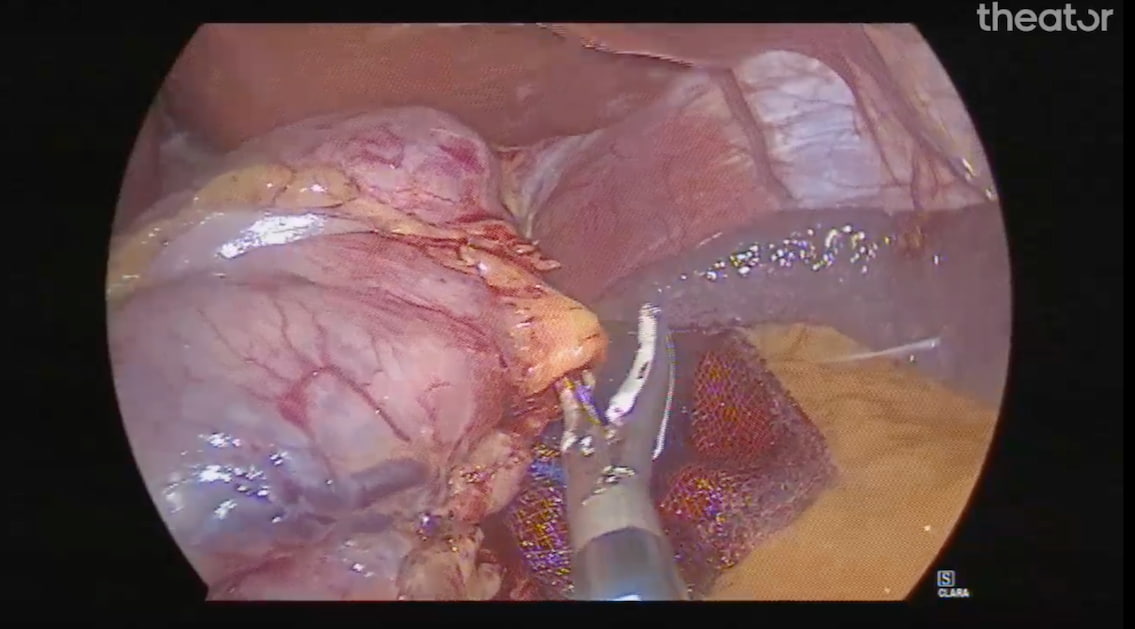AI in Surgical Care
In recent years, novel AI technologies have become increasingly available in the healthcare industry. From clinical decision support to documentation to diagnostic radiology, one thing is certain: AI in medicine is here to stay.
While this may sound like a daunting assertion, the benefits that emerging AI technologies can offer to patient care and clinician workflow have the potential to improve outcome measures in ways that are not currently possible. As you can imagine, one area that is primed for process and safety optimization using AI tools is surgery.
You may be wondering what technologies are waiting in the wings to improve surgical care. And what are the implications of these tools? Read on to find out!
Emerging Surgical AI Technologies
Although there are numerous specific new and emerging surgical AI tools, many can be grouped into broad categories based on their intended function.
AI Tools For Workflow Optimization
Developing and maintaining streamlined workflows is essential to OR efficiency, and ultimately to providing timely and appropriate surgical care. Tools that predict the duration of a surgical case based on real time data from video streams or surgical instruments can assist with reducing OR turnaround time.
Another area of workflow optimization using AI includes OR scheduling. One hospital that used an AI tool to identify and automate release of incentivized OR block time used 336 hours more of their block time in one month than they would have without the use of AI.
AI Risk Assessment Tools
Surgeons have long embraced the use of pooled data and risk assessment tools to predict individual surgical risks for patients, an important method for ensuring high-quality care. Incorporating AI technology into risk assessment adds an additional layer of analysis that personalizes risk information beyond that which is currently available.
Because AI technology goes beyond data compilation and has the ability to use algorithms to make predictions, tools that are pre-programmed with large data sets can apply what they have learned from this data to individual risk prediction.
Similar tools are already being utilized in the hospital setting. The Epic Sepsis Model, a feature of the Epic electronic medical record, is a predictive model for sepsis that was trained on data from 500,000 patient encounters to identify early signs of sepsis. A single-center study found its use as a screening tool to be associated with a 44% reduction in the odds of sepsis-related mortality.
AI For Intraoperative Guidance
Surgeries are among the highest stakes medical care provided by hospitals. As such, the ability of AI to support surgeons intraoperatively in making procedural decisions offers the opportunity to provide real time feedback to improve patient outcomes.
For example, use of an AI tool in the form of an overlay on the surgeon’s video screen during laparoscopic cholecystectomies can guide physicians as to which areas are safe or less safe for operating.
In orthopedic surgery, automated bone registration and tracking tools use depth cameras to identify the surface geometry of a target bone. These can then be compared to preoperative images to assess bone alignment. Such technologies offer the potential to augment physician knowledge and skill to optimize patient outcomes.
AI For Diagnostic Enhancement
Intraoperative surgical pathology is a common source of time consumption and missed diagnoses in surgical cases. What if AI could be used at this critical point of care to save time and increase diagnostic accuracy?
Such technology already exists and has been used to accurately diagnose brain tumors in under 3 minutes. Furthermore, the same tool was able to accurately distinguish between tumor tissue and healthy tissue, thus aiding with identification of appropriate surgical margins.
For pediatric patients, AI tools have been developed to identify acute and chronic otitis media using training data from patients presenting for myringotomy tube placement. Early data suggests this technology performs with higher diagnostic accuracy than expert otoscopic examination, a promising advancement for improved diagnosis of a common but diagnostically challenging condition.
AI Tools For Intraoperative Video Analysis
While the capability to record intraoperative video is not new, the application of AI tools to this technology offers the potential to gain insights from intraoperative surgical video that were not previously available.
By performing advanced assessment of intraoperative video, AI can extract information that can be used in multiple areas to improve surgical care. Utilizing AI to analyze voluminous surgical video in a manner that time and cost restraints make impossible for surgeons to do personally exponentially advances OR quality improvement practices.
For surgeons, intraoperative video capture and AI analysis offers a novel tool for linking what happens in the OR to patient outcomes. Coupling these tools together means that AI can do the work of annotating surgical footage, giving surgeons detailed insight into how their intraoperative techniques and decisions relate to later outcomes.
Surgical AI: What are the Implications?
Most experts agree that it’s unlikely AI will be replacing surgeons. Instead, AI tools being developed for use by surgeons are intended to augment and automate current processes and procedures. This has the potential to affect multiple areas of patient care and clinician workflow.
- Quality Improvement: Intraoperative tools that assist with diagnosis and analyze surgical video aim to increase diagnostic accuracy, reduce operative time, and improve patient outcomes.
- Cost Savings: By streamlining processes, such as OR scheduling, AI tools have the power to improve the efficiency of OR operations and optimize staffing costs.
- Medical Education: AI tools that offer intraoperative clinical decision support or detailed analysis of intraoperative video can provide valuable feedback and guidance for training the next generation of surgeons.
As with any new medical technology or device, adoption of AI technologies for surgical care should be subjected to the highest standards of evaluation prior to widespread adoption. Nonetheless, there are new and emerging AI tools in the surgical field poised to enhance care delivery and improve outcomes, and surgeons and hospital administrators should keep a close eye on these rapidly evolving technologies.













